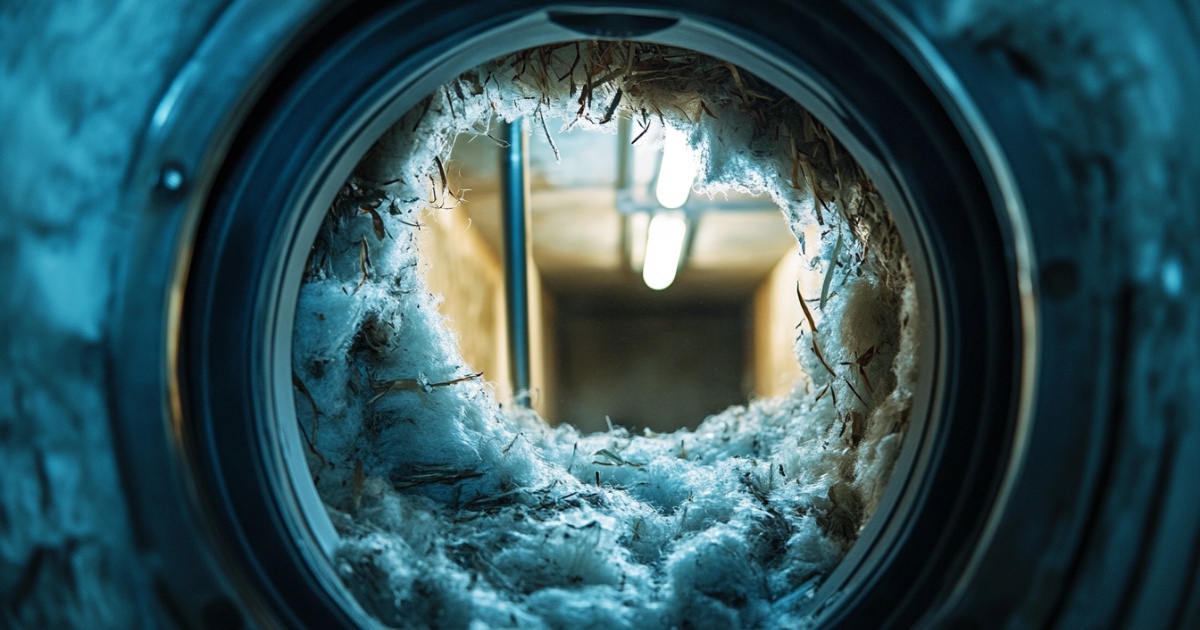Many people believe that seasonal allergies are only experienced outdoors, but surprisingly, seasonal allergies indoors can be just as bothersome. Indoor environments can trap allergens, turning homes into zones of relentless sniffling and sneezing. In this article, you will learn about the various culprits of these allergies and discover ways to create an allergy-free indoor environment.

What Are Seasonal Allergies Indoors?
Indoor seasonal allergies are reactions to allergens present within your living or working space. They can be triggered by numerous factors like dust, pet dander, or mold. Understanding these indoor allergens is crucial for devising effective strategies to minimize their impact.
Common Indoor Allergens
The leading causes of seasonal allergies indoors include dust mites, mold spores, pet dander, and cockroach droppings. These allergens often thrive in poorly ventilated areas, making them more challenging to manage without targeted actions.
How HVAC Systems Influence Air Quality
Your HVAC system plays a significant role in influencing the air quality within your home. Proper maintenance can help filter out allergens and keep the air fresh, consequently reducing allergy symptoms.
Regular Maintenance is Key
Ensuring that dirty air ducts are regularly cleaned and maintained prevents the accumulation of allergens. Using high-efficiency particulate air (HEPA) filters in your HVAC system can further enhance indoor air quality.
The Importance of Good Ventilation
Proper ventilation allows indoor spaces to stay fresh and allergen levels low. Good ventilation is critical to ensuring that allergens have a lower chance of concentration in living spaces.
Natural and Mechanical Ventilation
Combining natural ventilation, like opening windows, with mechanical systems can optimize air circulation. This helps to flush out stale air and allergens from indoor environments.
Minimizing Indoor Allergens
Various strategies can help reduce indoor allergens, including proper cleaning protocols and allergen-proofing measures. It’s essential to adopt practices that minimize the presence of these irritants.
Keep It Clean
Regular household cleaning can significantly reduce the level of allergens. This involves vacuuming with HEPA filters, dusting with damp cloths, and washing bedding frequently to remove dust mites and pet dander.
Tackling Mold Growth
Mold thrives in damp spaces, so managing indoor humidity levels is vital. Consider repairing leaks and using dehumidifiers in areas prone to excess moisture, such as basements or bathrooms.
Role of Air Duct Cleaning in Reducing Allergens
Professional air duct cleaning can help in reducing allergens significantly. It ensures that the air circulating within your home is free from contaminants that aggravate allergies.
Creating an Allergy-Proof Home
Establishing a space that is less conducive to allergens can improve life quality by decreasing the frequency and severity of allergy symptoms.
Use of Air Purifiers
Air purifiers with advanced filtration systems can capture airborne allergens, providing an additional layer of protection for individuals sensitive to indoor air quality.
Sealing and Insulating
Many allergens enter homes through cracks and gaps. Sealing and insulating areas such as crawl spaces can prevent pests and outdoor allergens from infiltrating your living space.
Useful Tips for Pet Owners
Those with furry friends may face additional challenges when dealing with seasonal allergies indoors. However, certain steps can be taken to mitigate these.
Regular Pet Grooming
Consistent grooming and bathing of pets can immensely reduce the presence of pet dander. Special shampoos and grooming tools designed for allergen reduction can significantly ease allergy symptoms.
Conclusion: Thrive in an Allergy-Free Environment
Understanding and controlling seasonal allergies indoors is achievable through strategic interventions and regular maintenance. By addressing the sources and implementing preventative measures, one can create a healthier indoor environment.
For further details on maintaining a breathable indoor environment, consult resources like the EPA guide on air duct cleaning. They provide comprehensive insights into ensuring optimal air quality within your home.

FAQs
Why do indoor allergies worsen in certain seasons?
Indoor allergens, such as mold and dust mites, can thrive or disperse based on specific seasonal changes, thus affecting their presence indoors.
How frequently should air ducts be cleaned to prevent allergies?
It is recommended to clean air ducts every 3-5 years to control allergens and maintain high air quality, but more frequent cleanings may be necessary in high-pollution areas.
What types of air purifiers are best for allergen reduction?
Air purifiers with HEPA filters are highly effective for allergen reduction, capturing a wide array of pollutants and particulates from the air.
This article contains affiliate links. We may earn a commission at no extra cost to you.






